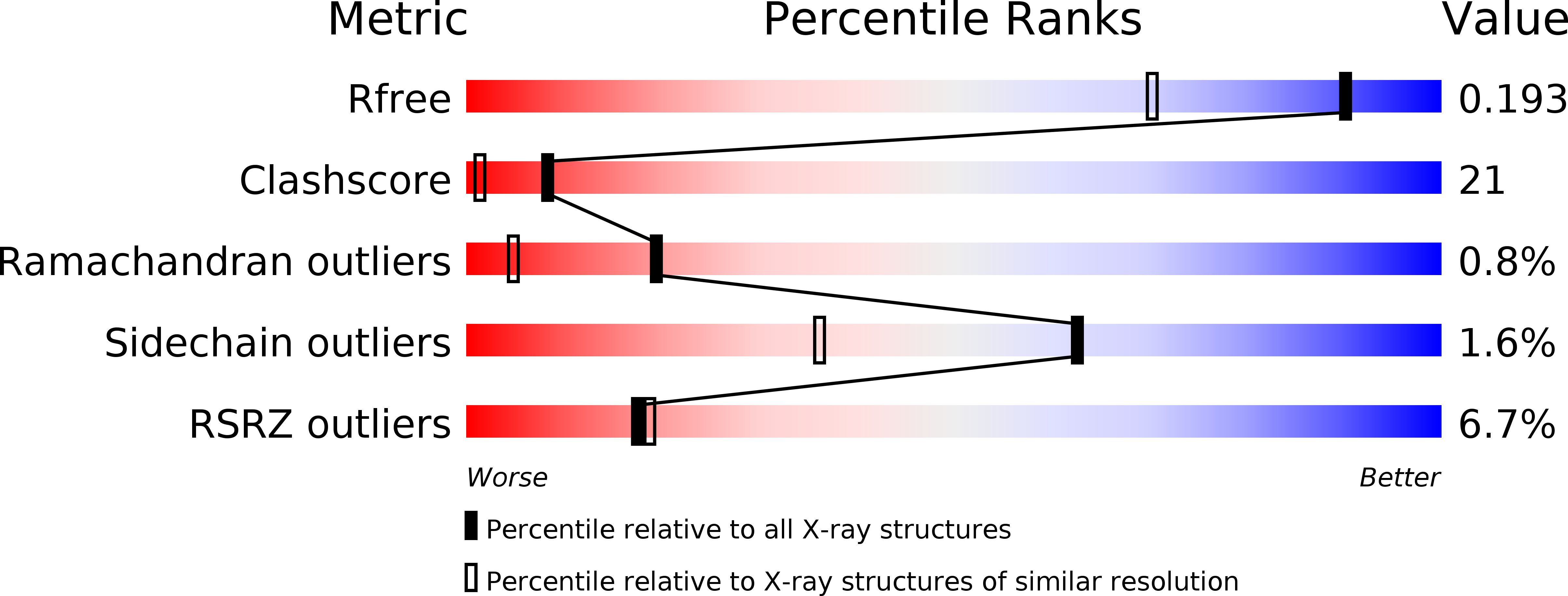
Deposition Date
2002-10-16
Release Date
2002-12-23
Last Version Date
2024-05-08
Entry Detail
PDB ID:
1O6V
Keywords:
Title:
Internalin (INLA, Listeria monocytogenes) - functional domain, uncomplexed
Biological Source:
Source Organism:
LISTERIA MONOCYTOGENES (Taxon ID: 169963)
Host Organism:
Method Details:
Experimental Method:
Resolution:
1.50 Å
R-Value Free:
0.18
R-Value Work:
0.14
R-Value Observed:
0.14
Space Group:
C 1 2 1


